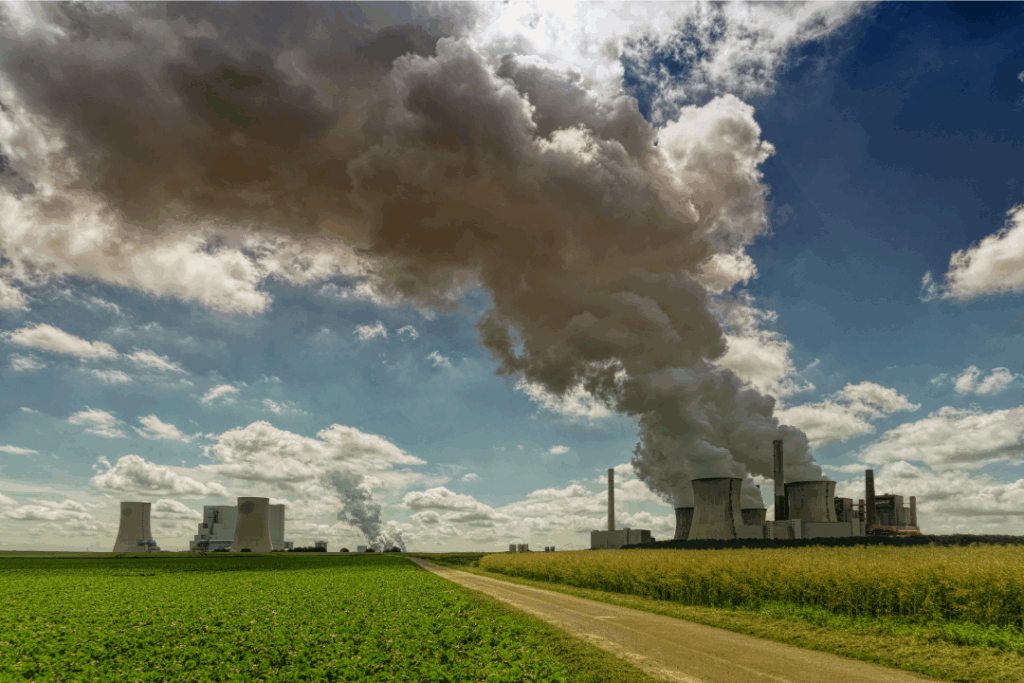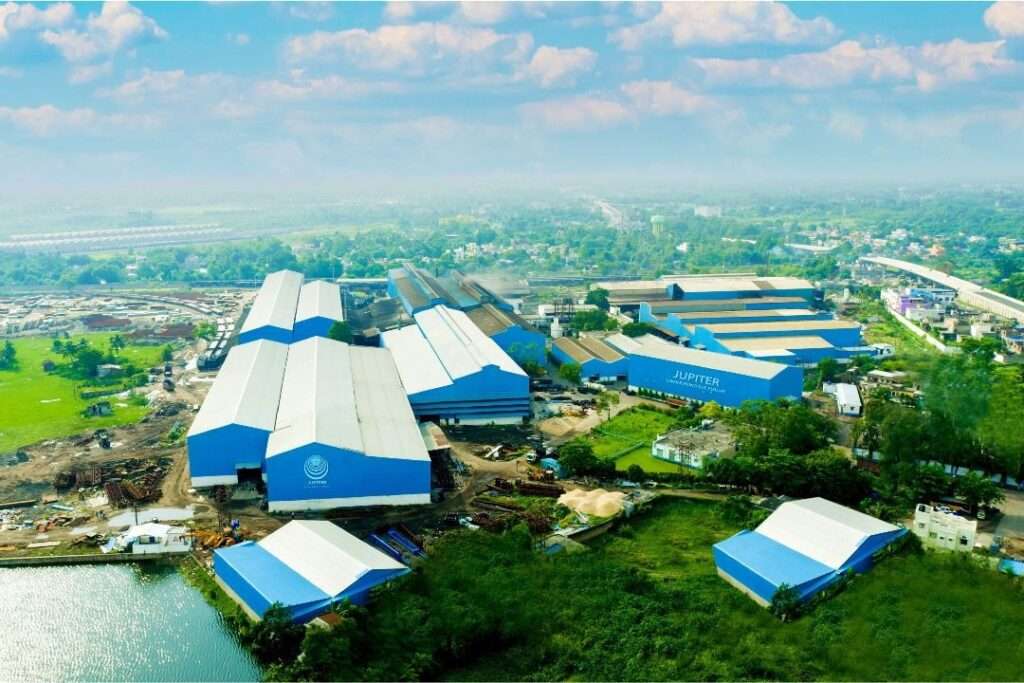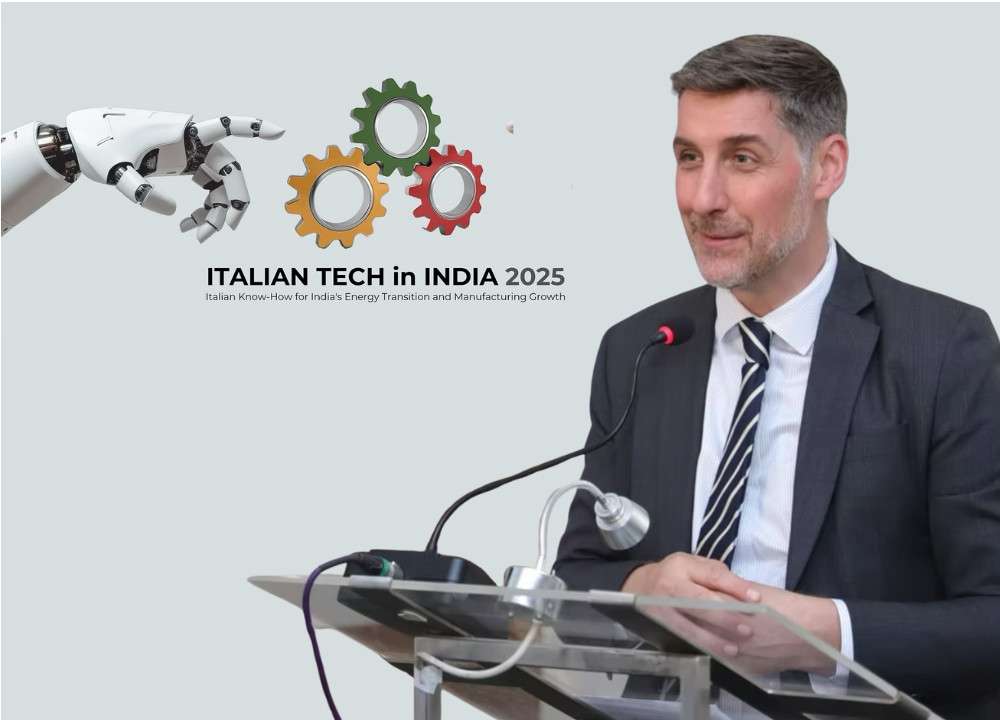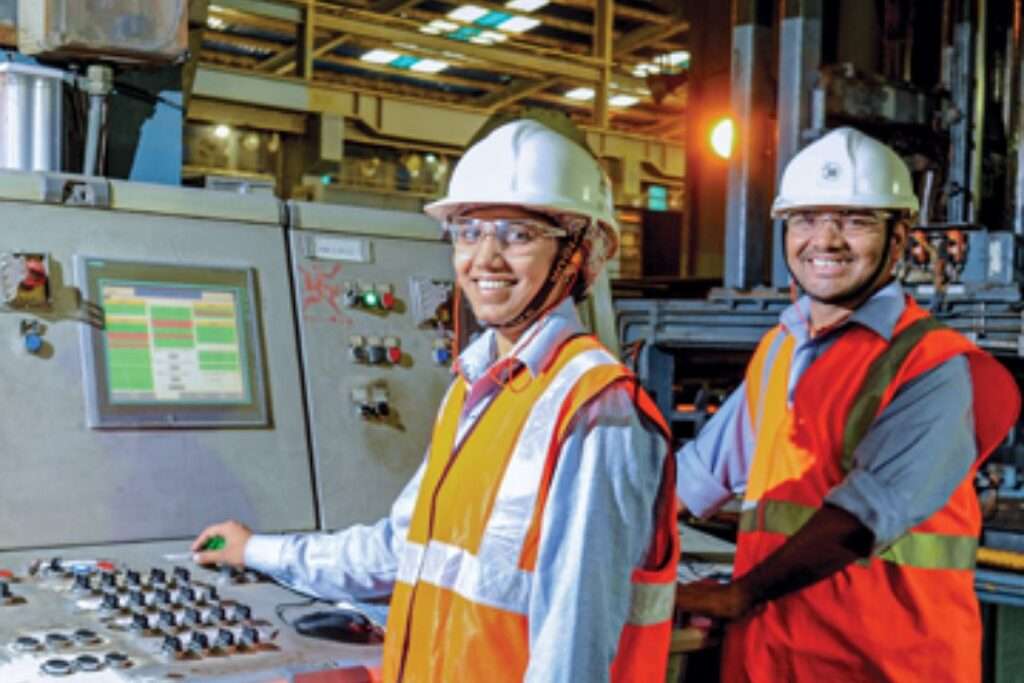The universe is beyond measurement! There could be billions of galaxies and billions of planets in the Universe but there is “Only One Earth”. That is the theme of the celebration of World Environment Day on 5 June 2022. The focus of the theme is on “Living Sustainably in Harmony with Nature”.
The current year is a historic milestone for the global environmental community. It marks 50 years since the 1972 United Nations Conference on the Human Environment which was widely seen as the first international meeting on the environment.
Underneath challenges from the manufacturing perspective to ‘Only One Earth’
Earth is on the verge of facing a triple planetary emergency owing to industrialization and urbanization.
- The climate is heating up too quickly for people and nature to adapt. The greenhouse effect caused by industrial and urban emissions is causing the average temperature of the planet to rise.
- Habitat loss and other pressures mean an estimated 1 million species are threatened with extinction. The encroachment of land via rapid industrialization or urbanization leads to increased pressure on the natural reserves. The current demand for resources far exceeds the capacity of nature to sustain itself.
- Pollution continues to poison our air, land and water.

As people become more and more concerned about such environmental issues, they start reinventing the way the factories are run to help the environment and to improve the atmosphere inside for the workers. It is the need of the hour that manufacturing companies produce at least a portion of their own energy consumption, reuse water, reduce wastage and use materials from sustainable sources.
Small steps to curb the detrimental effect on the environment

Sakshi Jadhav, Vice-Chairperson of Kolhapur based Vishwakarma Founders India Private Limited said that every year they plant 100 trees on their three-acre land to ensure maintaining a balance between industry and nature. Pallavi Sapra, another professional at TMTL, mentioned that with the theme of every year’s ‘World Environment Day’, they arrange training and competition among the employees to ensure the right education on how to keep the environment safe is reaching from top to bottom level. Managing waste properly is another area they keep focusing upon.
As per the report “CO₂ and Greenhouse Gas Emissions” published by Hannah Ritchie and Max Roser, 73.2% of the total greenhouse gas emission come from the usage of energy or power. GHG emissions from direct manufacturing sources only cater to 5.2% of the total emissions and these are separate from the 73.2% figure. Within the total energy usage category, the major contributor is the manufacturing segment which is responsible for 24.2%. A large chunk of this goes into the Iron and Steel industry responsible for 7.2% and then there is the petrochemical segment contributing 3.6%. The contributions of the other industries are quite a few.
What can Global warming cause you and me?
The world is blowing through the carbon budget as an addict blow through money. Most of the carbon emissions can be attributed to being “manufacturing adjacent” — which means more than 90% of manufacturing-related emissions come from the usage of powered and manufactured goods, such as electronics, machines and vehicles.
The manufacturing industry accounts for 19% of direct global emissions, and another 11% is from power used to manufacture the goods that consumers use every day. In 2017, a single day with temperatures higher than 32 degrees Celsius could cost a manufacturing plant more than $10,000 in output. By 2050, those heat-related manufacturing losses could equal more than $47 billion. In a country like China, where 32% of its GDP comes from manufacturing, those losses can be detrimental.

As per a study conducted by Deloitte in early 2022 involving top executives in 21 countries, Indian management ranked fifth in terms of concern for the environment. As per the report, 80% of Indian executives figured that the planet is at a tipping point. The same study conducted 8 months ago only yielded 53% of the executives who were concerned as such. The steep rise is evident that two things are happening – the planet is indeed getting pushed to the brink and more and more people are getting concerned about the environment.
Manufacturing attributes about 14.43% of India’s Gross Domestic Product as a 2021 report. While the impact of heat-induced losses on manufacturing isn’t as voluminous as that of China but it is still quite significant considering the stress on the “Make in India” aspect.
Why is sustainable manufacturing important?
With manufacturing being a key factor in driving a sustainable environment, it is imperative that an increasing number of organizations accept “Sustainability” as a key strategy in order to boost their growth as well as global competitiveness. Multiple studies point to the fact that sustainable manufacturing is cost-effective in the long run. Not only does it benefit the company itself, but also the environment by leading to the growth of natural resources.

Some of the key benefits of implementing sustainable manufacturing processes are:
- Improved operational efficiency through wastage reduction
- Long-term business viability
- Lower costs associated with regulatory compliance
- Improved sales and brand imagery
Some basics which we can easily adapt to irrespective of the industries:
The best part of the study conducted by Deloitte was people’s outlook toward the environment. The majority of the business leaders had the opinion that with collaborative effort, changes can be brought about to ensure the survival of the planet. As far as industries and businesses go, a few simple steps can be undertaken to ensure a significant contribution towards the same.
- Setting up emission reduction targets and implementation
- Design new business models and products and services that embrace repairability, and have longer life cycles.
- Overhauling corporate mobility policies to promote transport sharing or work from home to reduce pollution
- Minimize packaging and use only reusable or recyclable materials
The agenda of environmental protection doesn’t belong to the industries alone. Every sector is equally responsible – be it an individual or a community organization. Climate change, nature and biodiversity loss, and pollution and waste are clear evidence that the environmental state growing more ominous every day.








